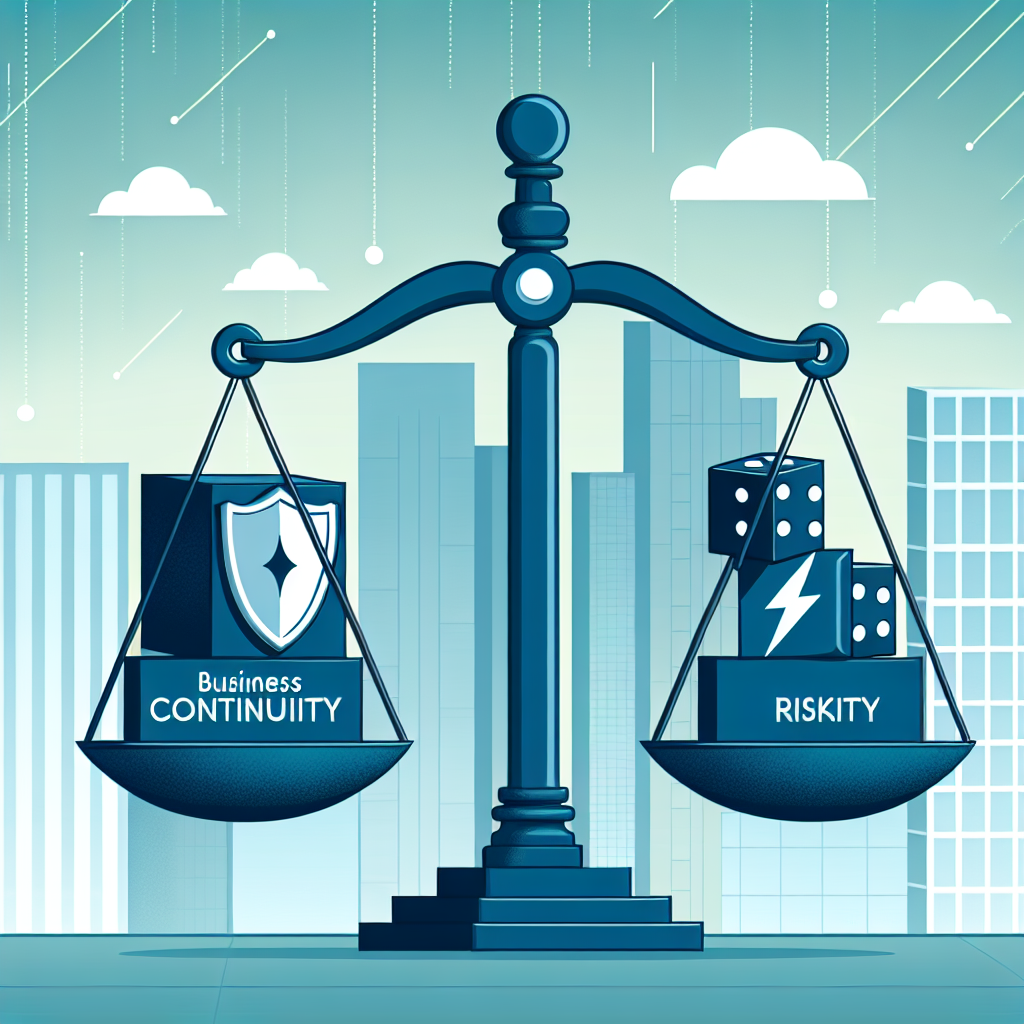In today’s fast-paced and unpredictable business environment, it is more important than ever for organizations to ensure resilience in the face of potential risks and disruptions. One crucial aspect of this is business continuity planning, which plays a key role in mitigating risks and ensuring that organizations can continue to operate smoothly in the face of challenges.
Business continuity planning is the process of creating a framework for how an organization will respond to and recover from potential disruptions, such as natural disasters, cyber attacks, or other unexpected events. By identifying potential risks and developing strategies to address them, businesses can minimize the impact of these disruptions and ensure that they can continue to deliver products and services to their customers.
There are several key components to effective business continuity planning. First and foremost, organizations must conduct a thorough risk assessment to identify potential threats and vulnerabilities. This involves analyzing the various risks that could impact the organization, such as supply chain disruptions, IT failures, and natural disasters, and determining the potential impact of these risks on the business.
Once potential risks have been identified, organizations can develop strategies to mitigate these risks and ensure that they are prepared to respond effectively in the event of a disruption. This may involve creating backup systems and redundancies, developing communication plans to keep employees and stakeholders informed, and establishing clear protocols for responding to different types of disruptions.
Business continuity planning is not a one-time process, but rather an ongoing effort that requires regular review and updates. As the business environment evolves and new risks emerge, organizations must continually reassess their strategies and make adjustments as needed to ensure that they remain resilient in the face of potential challenges.
In addition to helping organizations respond effectively to disruptions, business continuity planning can also have a positive impact on the bottom line. By minimizing the impact of disruptions and ensuring that operations can continue uninterrupted, organizations can reduce downtime, maintain customer trust, and protect their reputation in the marketplace.
Ultimately, business continuity planning plays a crucial role in helping organizations ensure resilience in the face of potential risks and disruptions. By identifying potential risks, developing strategies to address them, and continually updating their plans, organizations can minimize the impact of disruptions and ensure that they can continue to operate smoothly, even in the face of unexpected challenges.










